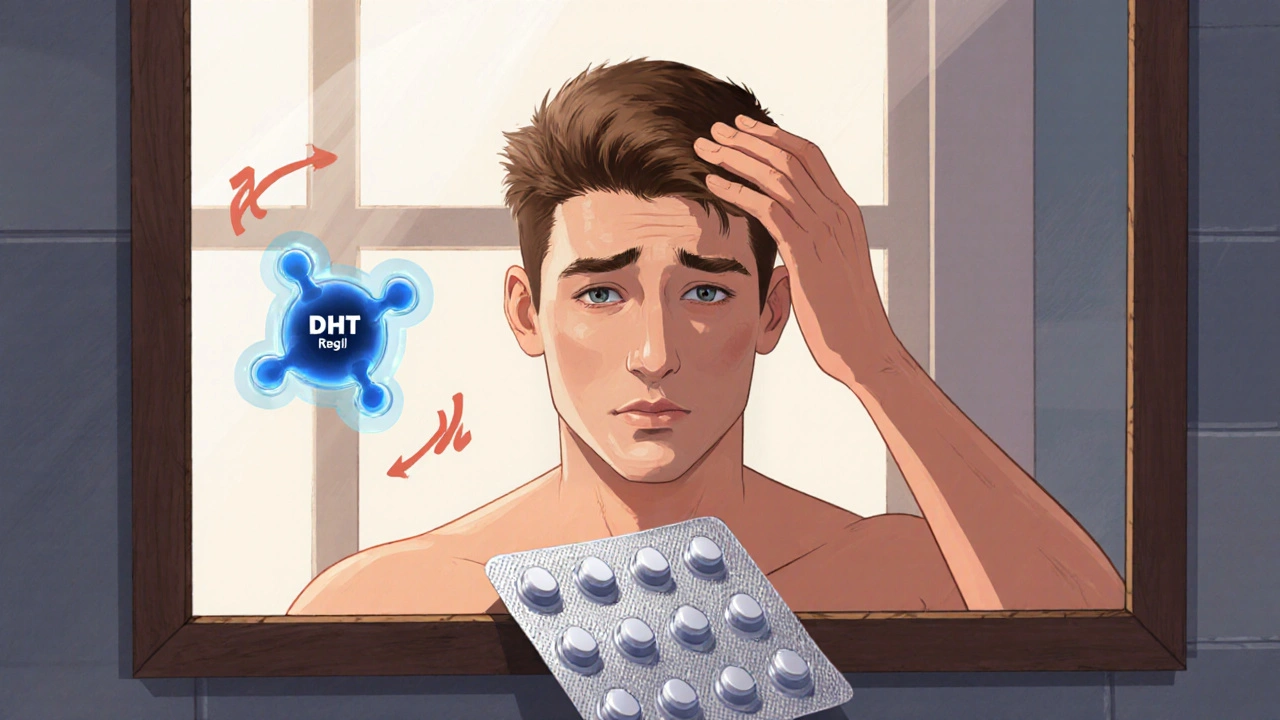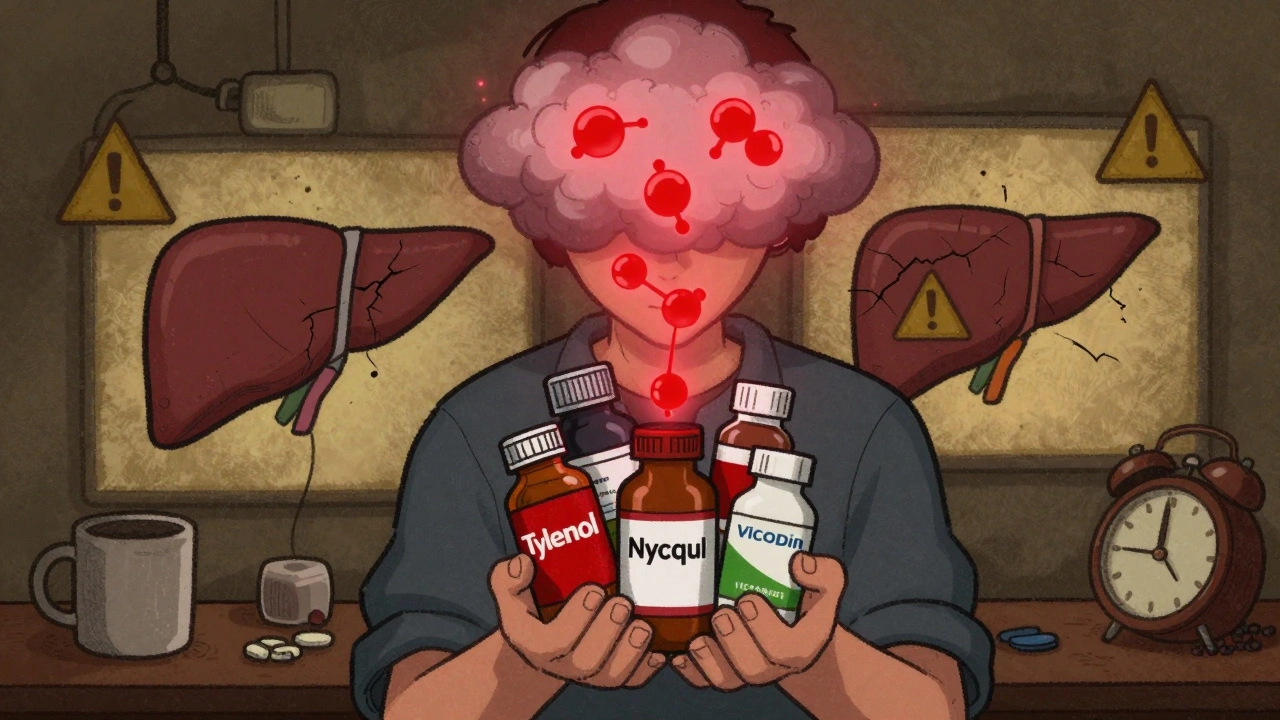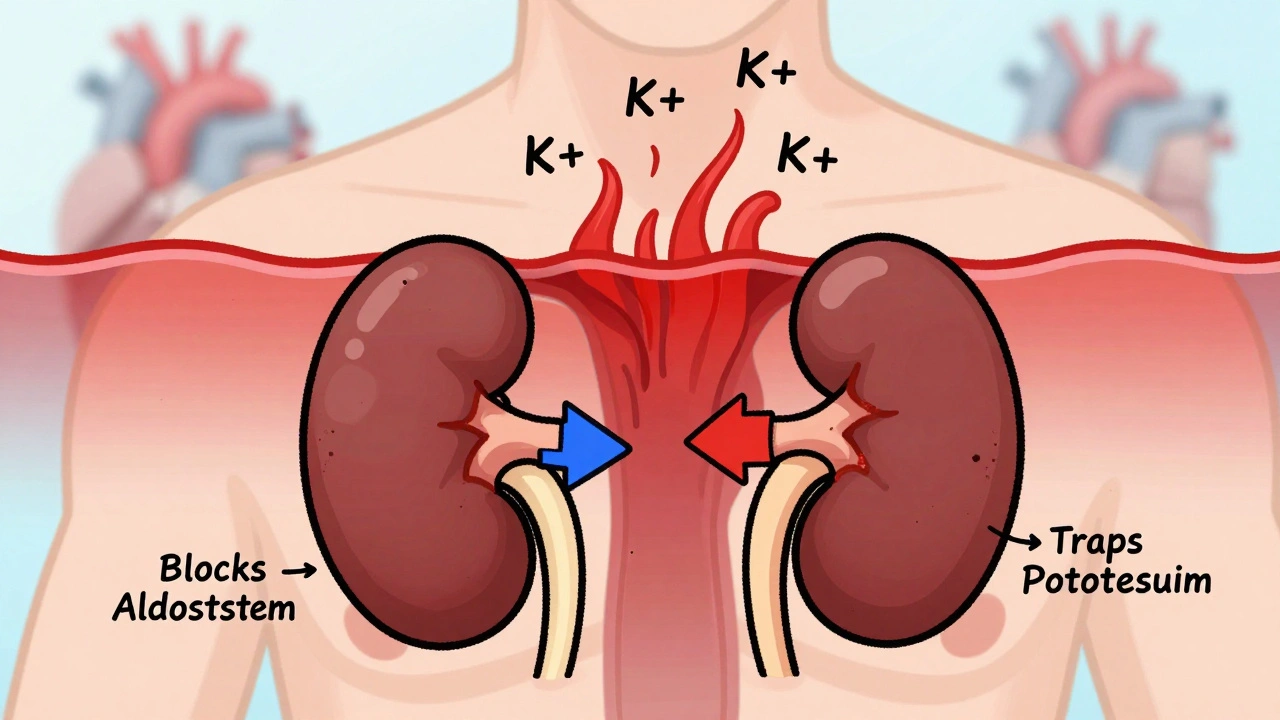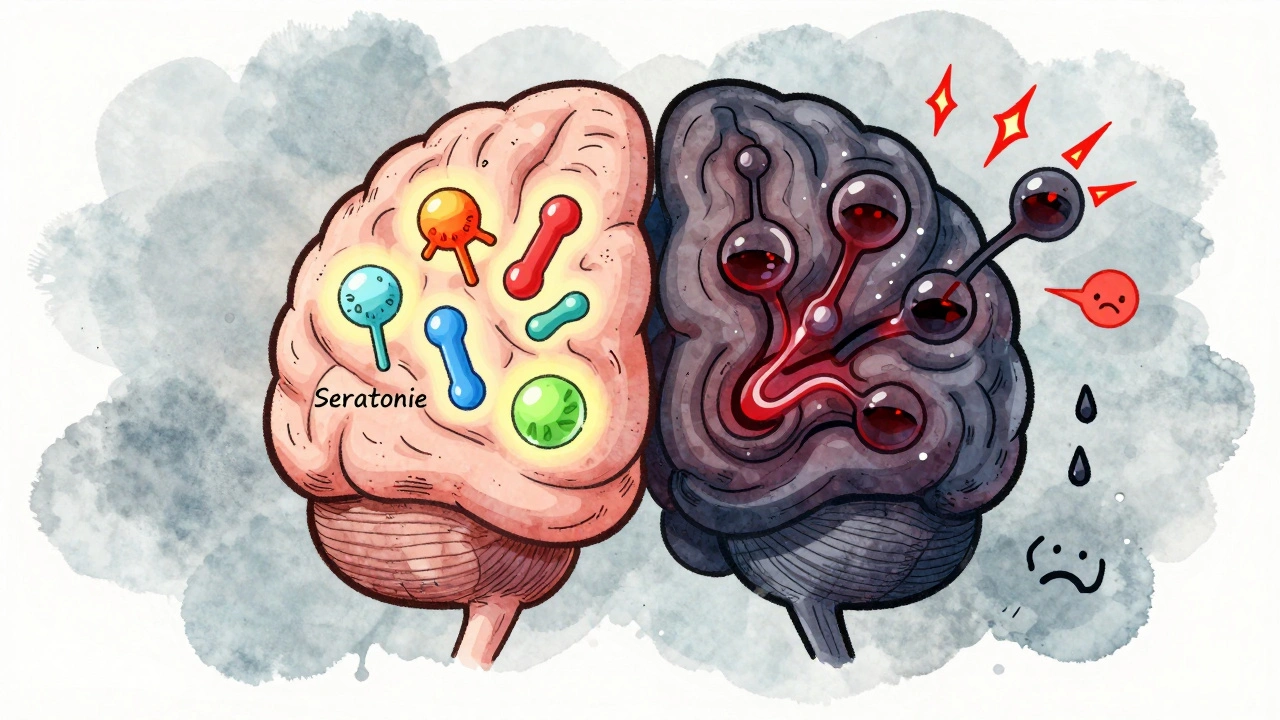Dutasteride – Everything You Should Know
When working with Dutasteride, a prescription pill that blocks the enzyme 5‑alpha‑reductase, lowering dihydrotestosterone (DHT) in the body. Also known as Avodart, it’s primarily used to shrink an enlarged prostate and to treat male‑pattern hair loss. People often wonder how a single drug can affect both urinary flow and a bald spot, so let’s break down the science and the practical side of taking it.
Benign Prostatic Hyperplasia, a non‑cancerous enlargement of the prostate gland that many men experience after 50 leads to frequent urination, weak stream, and nighttime trips to the bathroom. 5-alpha-reductase inhibitor, a drug class that stops the conversion of testosterone to DHT is the mechanism behind Dutasteride’s ability to shrink prostate tissue. By reducing DHT, the gland shrinks, pressure on the urethra eases, and urinary symptoms improve. This direct link—Dutasteride → 5‑alpha‑reductase inhibition → lower DHT → prostate reduction—forms the core therapeutic pathway.
Beyond the Prostate: Hair, Hormones, and More
Another major use of Dutasteride is for androgenic alopecia, the hereditary pattern baldness that affects most men by their 30s. The same DHT‑lowering effect that shrinks the prostate also slows hair‑follicle mini‑shrinking, giving many users thicker regrowth. Because DHT is also the hormone that drives many of testosterone’s side effects, users often notice reduced oiliness of the scalp and less severe acne. However, this hormonal shift can also lower libido for some, so doctors usually monitor patients for changes in sexual function.
Side effects are an essential piece of the puzzle. Common complaints include mild sexual dysfunction, breast tenderness, and a slight increase in liver enzymes. Rare but serious events—such as high‑grade prostate cancer—are why routine blood work and prostate‑specific antigen (PSA) testing are recommended every six months. Drug interactions matter too; taking Dutasteride with strong CYP3A4 inhibitors (like ketoconazole) can raise blood levels, while combining it with other hormone‑affecting meds may amplify side effects.
Dosage is straightforward: most men start with 0.5 mg once daily, and adjustments are rare because the drug’s half‑life is long (about five weeks). Consistency is key; skipping doses can cause DHT levels to bounce back, undoing the benefits. Before beginning therapy, a doctor will check baseline PSA, liver function, and rule out prostate cancer. Patients are encouraged to report any sudden mood changes, breast lumps, or unexplained weight loss promptly.
Below you’ll find a curated collection of articles that dig deeper into each of these topics—how Dutasteride compares to other BPH drugs, real‑world experiences with hair loss treatment, safety tips for long‑term use, and more. Browse the list to get practical guidance, expert comparisons, and the latest research insights that can help you decide if Dutasteride fits your health plan.

Finrest (Finasteride) vs Alternatives: In‑Depth Comparison
Compare Finrest (Finasteride) with popular alternatives, see effectiveness, side effects, costs, and real‑world scenarios to help you choose the right hair‑loss solution.





